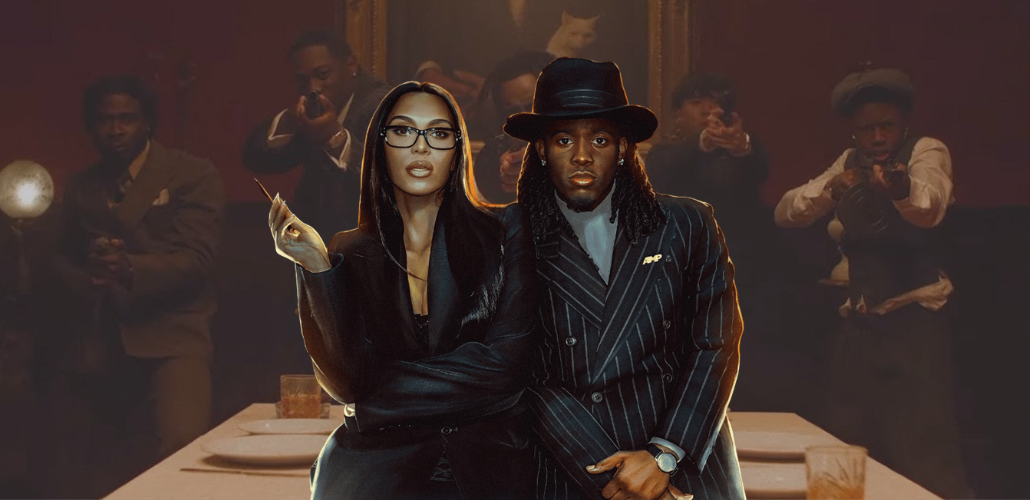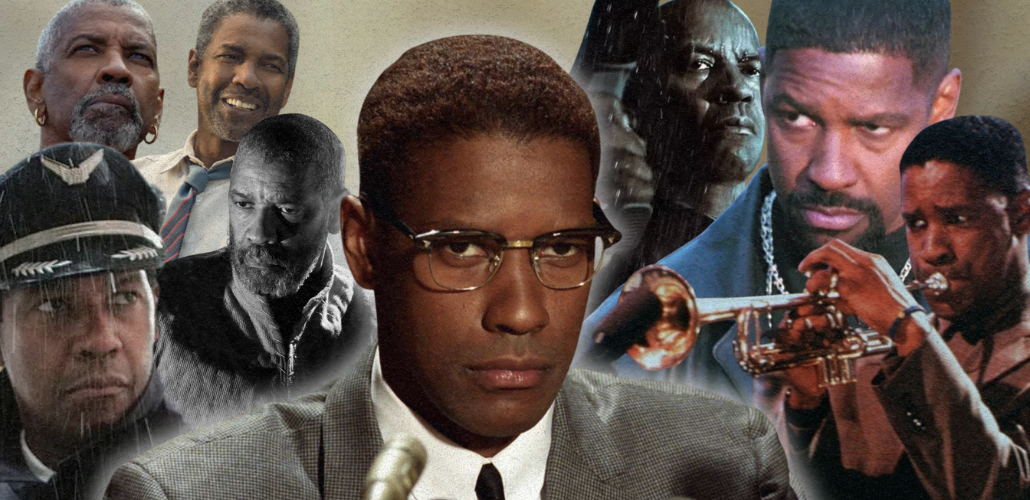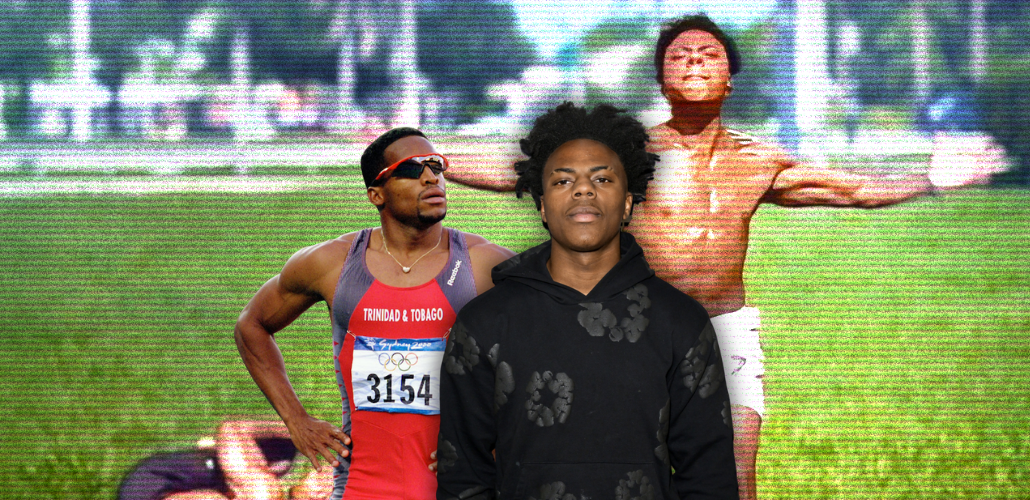Menu
Contact
.avif)
Before Hello Kitty, before Sanrio, before the $80 billion empire built on kindness and cuteness, there was a lonely boy named Shintaro Tsuji.
Born in 1927 in Kōfu, Japan, a quiet silk town surrounded by mountains, Tsuji’s childhood was anything but soft. While in elementary school, his mother died of leukemia and he was sent to live with his aunt, who raised him with coldness and strict discipline. He was often sick, spending long stretches in isolation with tuberculosis. The one thing that made the pain tolerable? Fairy tales.
Alone in hospital rooms, Tsuji clung to storybooks filled with magic and happy endings. That’s where he first discovered the power of imagination, not just as escape, but as emotional survival. He later said that those stories helped him stay sane. They gave him something real life couldn’t: hope.
From Bored Bureaucrat to Inventor of Joy
After World War II, Tsuji worked a forgettable desk job in the city government. But in his spare time, he began painting cheerful flowers on rubber sandals and giving them to friends. People loved them. So he tried selling them and they eventually sold out. The designs were simple, but the emotional effect was real. Tsuji noticed something important: even the smallest, cutest object could change someone’s day.
In 1960, he walked away from his government job and launched a business based on this simple idea. He called it Sanrio, and its mission was printed on every package:
“Small Gift, Big Smile.”
Tsuji wanted to create everyday items that sparked joy the moment you touched them. But he quickly realized: if you really want people to feel something, you need more than patterns—you need characters.
Why He Created Characters (and Why They Worked)
Tsuji remembered how, as a sick child, he used to invent imaginary friends to keep himself company. Characters, he believed, could help others feel seen, less alone, and maybe even a little more understood.
In 1973, he green-lit Sanrio’s first original character: Coro Chan, a sleepy bear. The experiment worked and sales shot up. But he wanted something more universal, something iconic.
Enter: Hello Kitty
In 1974, Sanrio designer Yuko Shimizu drew a white cat with a red bow. No mouth. Just big, expressive eyes and a tiny presence that somehow made everyone feel… calm.
Tsuji saw magic in that simplicity. The character was named Hello Kitty, and she debuted on a small coin purse. The item sold out almost instantly.
The genius of Hello Kitty? She didn’t talk. She didn’t tell you how to feel. You projected your own emotions onto her. She was a blank canvas for comfort, empathy, even nostalgia.
That single product launched a cultural wave—and a business juggernaut.
From Coin Purses to Global Icon
Over the next few decades, Hello Kitty exploded into one of the most successful characters in history. Tsuji didn’t just sell cute stuff, he built an empire of emotional connection. By the 1980s and ’90s, Hello Kitty was everywhere:
Today, Hello Kitty is the face of one of the highest-grossing IPs in the world—second only to Pokémon—with lifetime retail sales topping $80 billion.
The Deeper Meaning Behind the Bow
Tsuji didn’t create Hello Kitty to be famous. He created her because he knew what it felt like to be invisible, misunderstood, and emotionally stuck.
He once said: “I wanted to heal people through the act of giving.”
Sanrio was never just about cuteness. It was about creating emotional anchors—small gifts that made people feel seen, even if just for a moment.
What You Can Learn From Tsuji
If you’re a creator, founder, or dreamer today, the story of Shintaro Tsuji is proof that:
Final Thought
Shintaro Tsuji didn’t grow up in Tokyo or Silicon Valley. He wasn’t a coder or a celebrity. He was a soft-spoken kid who turned loneliness into kindness—and that kindness now lives on the backpacks, notebooks, and hearts of millions.
So whatever you’re building, remember:
Start small. Aim for joy. Let the smile do the rest. And always let excitement guide you.

The goal is to acquire $5 million to prepare for the first day of classes at the new school. "That's what we're aiming for," Cenat said, per Dexerto.

Kai Cenat’s subathons are always a big deal. Expect grandiose production, celebrity guest appearances, and plenty of chaos. But honestly, expect the unexpected. One moment he’s stressing over a video game, and the next he could be dancing with Miranda Cosgrove from iCarly.

To celebrate his new chapter with Lee and to honor his remarkable career, our staff came together to share our personal picks for our favorite Denzel Washington performances. Not a definitive ranking, but a conversation, a chance to revisit the roles that shaped us, moved us, and reminded us just how compelling an actor he is.

IShowSpeed is keeping his Olympic dream alive, getting tips from four-time Olympic medalist and former world champion Ato Boldon as he works toward running the 100m sprint at the 2028 Games.